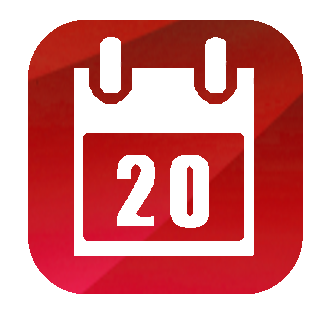What are Income Statements? They are one of the critical financial statements that you will need to develop for your business. An Income Statement is a historical document that provides information about the business performance in a prior period. A proforma Income Statement is a planning tool used to estimate future performance.
What is an Income Statement?
The Income Statement is a representation of the net results of the small business operations over a specified period. The time frame is usually a month, a quarter or a full financial year. The statement is generally compiled on a double-entry bookkeeping or accrual accounting basis. With this method, the revenues reported are matched with the expenditure incurred to generate the sales.
Because the Income statement reports the profit or loss for the period, it is also called a Profit and Loss Statement. The amount of profit or loss reported in the statement comprises of net revenues less expenses for the period. The amount of profit or loss reported in the statement comprises net revenues less expenses for the period. And this is the part of the statement that most small business owners concentrate on!
Note: Net revenues are total sales less any discounts, returns and items like sales tax.
The net profit or loss before tax is an important figure, an income statement can provide you with a much clearer picture of how your business is operating if you analyse the detail contained in the statement.
What is Included in an Income Statement?
The Profit and Loss or Income Statement reports on five types of activities:
- the cost of producing or manufacturing the goods or services sold by the business,
- the expenses incurred to market, and distribute the product or service to the customer
- the administrative costs of running the business,
- the financing costs of the business, for example, interest or dividend costs, and of course,
- the income earned by the small business during the reporting period.
The cost of producing or manufacturing the goods or services sold by the business typically includes:
- the purchase of stock items for resale,
- raw materials,
- direct labour,
- direct manufacturing costs for businesses that produce goods themselves, and
- the cost of inwards freight.
In this section, you include any costs related to getting your product ready for sale that you can trace directly to those products.
The financing costs of the business include any interest paid on loans, hire purchase costs and dividends paid to investors.
The operating costs include pretty much everything else except extraordinary items. Extraordinary items might include expenses incurred that do not fall within the normal operations of the business. For example, writing off obsolete inventory or revaluing assets. These items do not normally occur in the first twelve months of operation.
The income earned by the small business during the reporting period would include:
- revenue generated through the sale of goods and services to your customers,
- freight income,
- any commissions earned etc
- less any sales returns, discounts and sales tax.
What is a Proforma Income Statement?
Where a normal income statement is a review of past performance, Proforma Income Statements are estimates. They represent your best guess as to how the business will perform in the future. And when I say guess, I mean a carefully researched estimate of likely income and expenses based on:
- knowledge of your industry,
- the results of your market research and
- your cost and sales analysis!
A proforma income statement will usually cover three years. The statement for the first year includes figures for each month and the second and third year by quarter. A proforma statement is an estimate based on your research rather than actual performance. So it is a good idea to include foot or end notes with information about all of your underlying assumptions.
For example, what did you base your sales figures on?
What Do Income Statements Look Like?
The common layout for an Income Statement is as follows:
In a proforma Income Statement, you have to provide an estimate of each of these income or expense groups. To get you started, here are some of the questions that you need to answer:
- What will you sell in what quantity and when?
- How much will it cost you to produce or buy in that quantity of inventory?
- How much will it cost you to store that quantity of inventory?
- How are you doing to make the sales – what are your chosen distribution methods and how much will it cost?
- How much will it cost to actually run the business?
- How much is your financing going to cost?
- Will you have any other financing costs that need to be accounted for?
- How much does the business need to ‘pay’ you?
A bit of advice, be conservative with your sales forecast and always, always, over-estimate your costs. If you do this and your proforma Income Statement still yields a positive net result you have a winner!
Other Financial Statements
If you landed on this page without seeing the other pages that relate to the other financial statements that you will be preparing for your small business, click on any of the links below.
- Balance Sheet,
- Cash Flow Statements, and an
- Aged Debtors Report.





